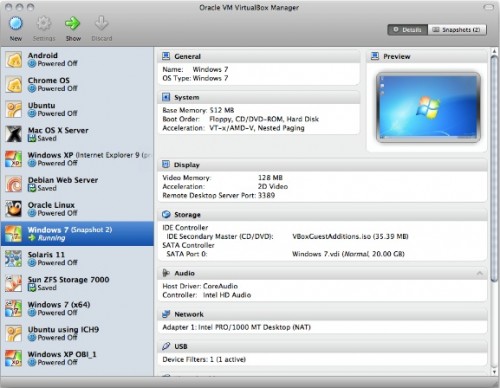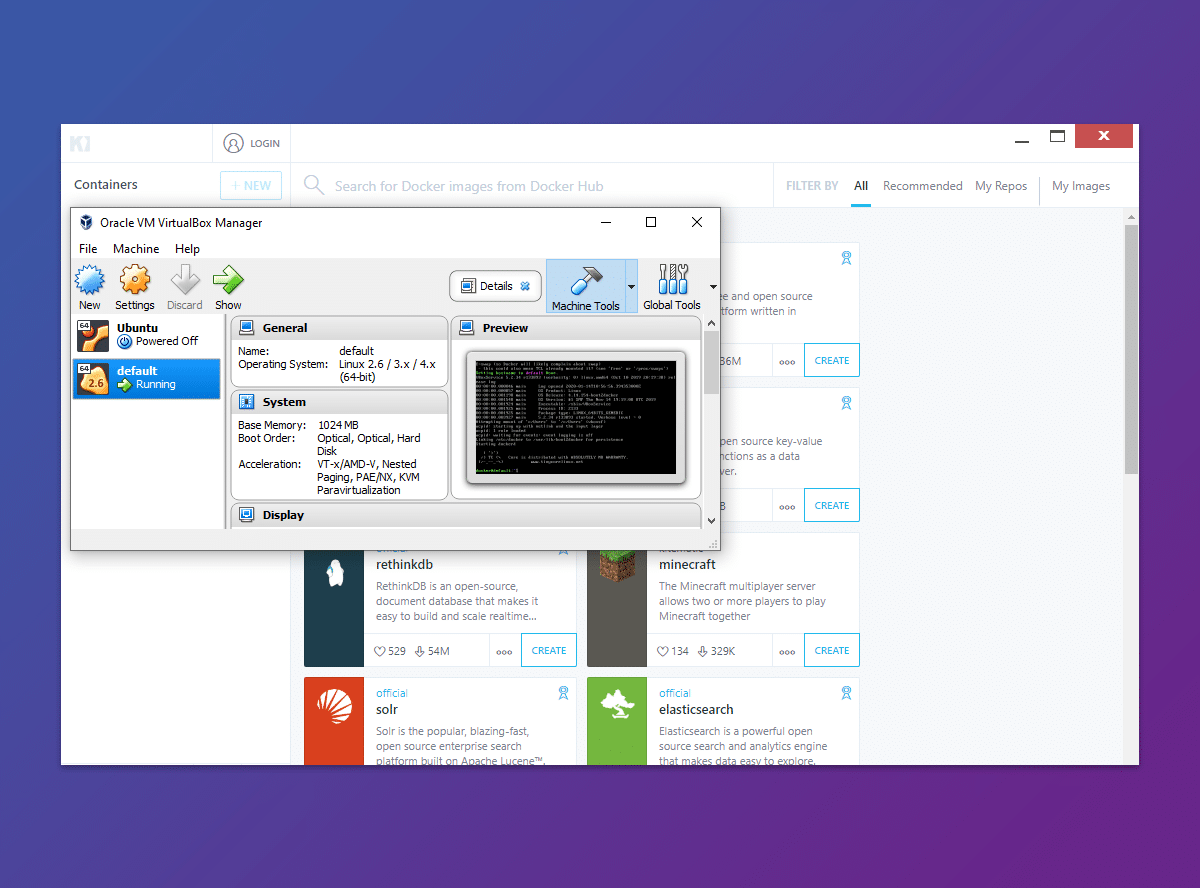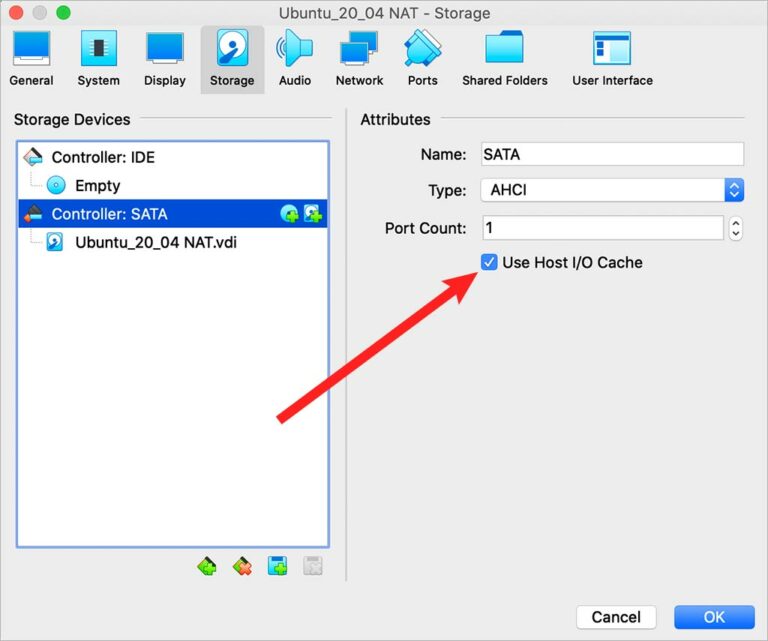


Virtual Machines make great simulators for n-tier architecture.

This allows developers and software testers to identify configuration problems before end users run into them. Developers can use VM snapshots to try various scenarios, and then quickly and easily restore the environment. Virtual Machines lend themselves well to testing different configurations and setups. It can also prevent different version installs of FPGA development software from conflicting with each other. By sandboxing the VM, any sensitive corporate or personal information residing on the host computer is kept secure. Virtual Machines offer strong isolation, which is key to avoiding cross-contamination in projects. Developing inside a VM allows a developer to keep their environment dedicated to just information for that project. 4 reasons to use VMs 1) Improved Isolation and Security Most virtualization platforms offer free versions of their products that allow you to create and run a virtual machine, with some more popular ones including VMWare, VirtualPC, and VirtualBox. Virtualization has been a key tool for data centers for quite some time, but it is now being recognized as an essential part of a developer’s toolbox as well. With support for Windows, Linux, and Mac, and a host of other guest operating systems, test-driving a VM is easier than ever before. Virtual machines (VMs) allow developers to have multiple machines at their disposal, opening up a whole new world of business and technical opportunities.Īdd virtual machines to your dev toolbox. Back in the day, FPGA and software developers only had access to a single workstation for developing, simulating production on n-tier systems, and running tests for all their projects.


 0 kommentar(er)
0 kommentar(er)
